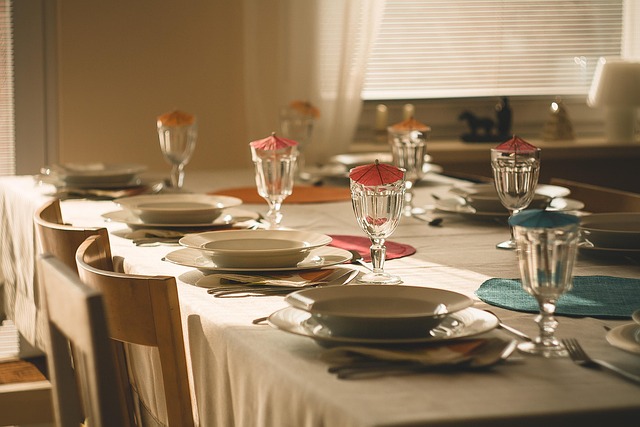In the world of photography, one of the most critical factors that can significantly influence the outcome of your shots is the optimization of photo exposure settings. Each time you lift your camera to capture a moment, you’re not just snapping a picture; you’re engaging in a delicate dance with light, shadow, and the settings of your camera. Mastering these settings can lead to sharper, more vibrant images that resonate with viewers.
When you look at the rich tapestry of a photograph, what stands out more than anything else? The clarity and detail. This clarity is heavily reliant on your camera’s exposure settings. Finding the right balance can transform an ordinary shot into an awe-inspiring masterpiece. When you adjust the shutter speed to let in just the right amount of light, coupled with the perfect aperture setting, you’re on your way to capturing stunning imagery.
The aperture setting is often where the magic begins. A wider aperture (indicated by a lower f-number) allows more light to hit the sensor, creating a beautiful depth of field. This is especially useful in portrait photography, where you want your subject to pop against a softly blurred background. On the other hand, a narrower aperture can add sharpness and detail across the entire frame, making it ideal for landscape shots where every element is crucial.
Next comes shutter speed, the heartbeat of your camera settings. Understanding how fast or slow to set your shutter speed can dramatically affect the final image. If you’re shooting in well-lit conditions, a faster shutter speed can freeze motion, ensuring sharp images of fast-moving subjects. Conversely, in low-light conditions, a slower shutter speed might be necessary, but be wary; this can introduce motion blur unless you’re using a tripod or have steady hands.
Another pivotal aspect is the ISO setting. This setting controls the camera’s sensitivity to light. A lower ISO is preferable for bright scenes, allowing for less noise and crisper images. However, in darker shooting environments, increasing the ISO can rescue a shot that might otherwise be lost to shadows. The challenge lies in finding the sweet spot where you get enough exposure without sacrificing too much image quality.
As you experiment with these settings, remember to embrace the flexibility of your camera’s manual mode. While automatic settings can be convenient, taking full control allows for creative exploration. Don’t just be a passive observer; become an active participant in the image creation process. Let your intuition guide you as you make adjustments, watch how these changes affect your photographs, and develop your own unique style.
In photography, every setting adjustment is an opportunity to fine-tune your craft. Each click of the shutter is a step towards achieving sharper images that reflect your vision. So, grab your camera, explore the intricacies of exposure settings, and transform the way you capture the world around you.



